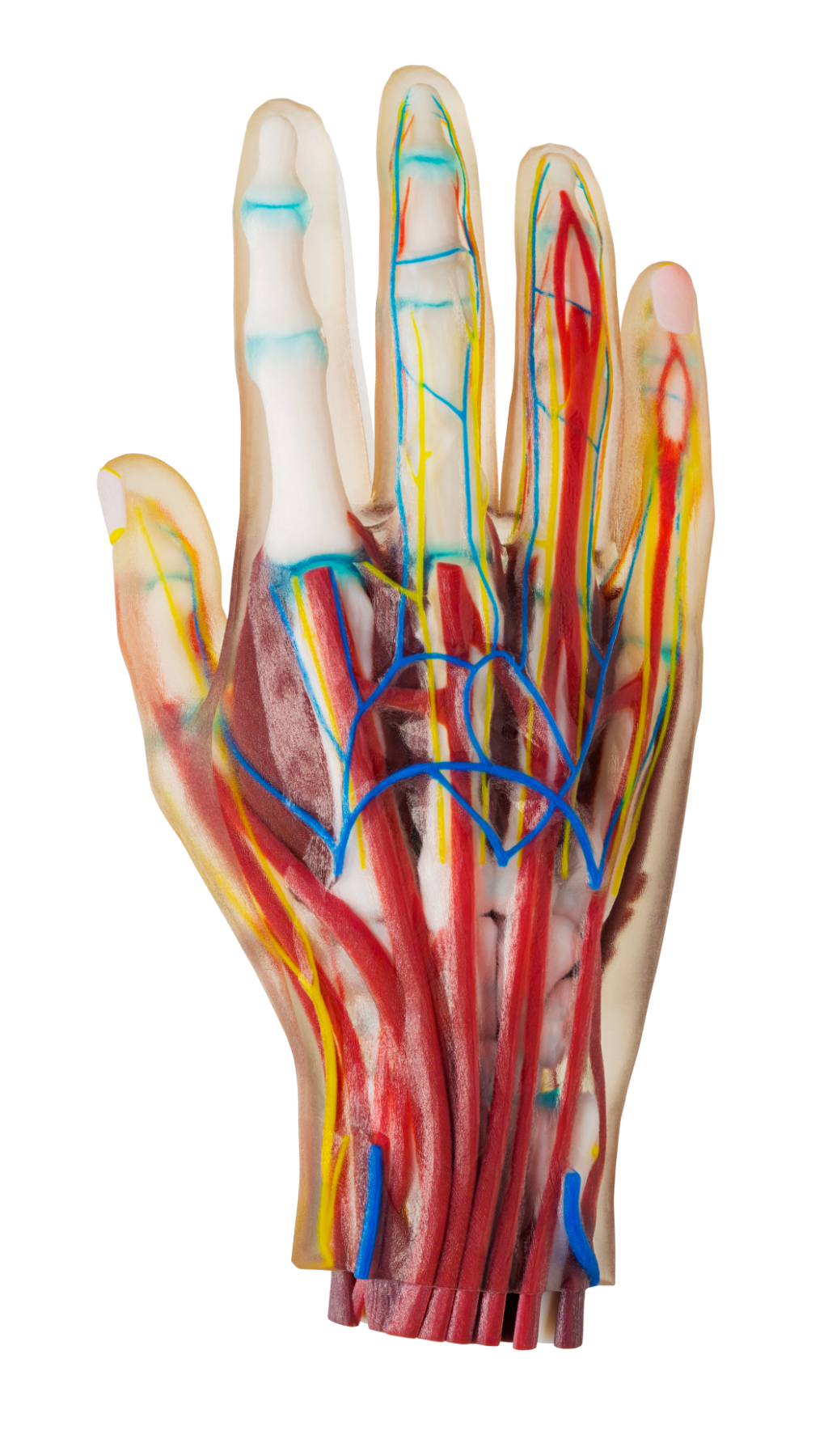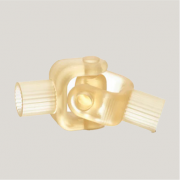PolyJet Photopolymers
What is PolyJet Technology?
PolyJet is a powerful 3D printing technology that produces smooth, accurate parts, prototypes and tooling. With microscopic layer resolution and accuracy down to 0.014 mm, it can produce thin walls and complex geometries using the widest range of materials available with any technology.
Benefits of PolyJet:
- Create smooth, detailed prototypes that convey final-product aesthetics.
- Produce accurate molds, jigs, fixtures and other manufacturing tools.
- Achieve complex shapes, intricate details and delicate features.
- Incorporate the widest variety of colors and materials into a single model for unbeatable efficiency.
Make it more realistic and accurate with PolyJet
Stratasys offers PolyJet technology 3D prints in the widest variety of materials, so you can create ergonomic tooling, bio-compatible surgical guides or realistic prototypes that closely resemble finished products.
Models are precisely printed in layers as fine as 16 microns for smooth surfaces and complex geometries. Material properties range from rubber-like to rigid, transparent to opaque, neutral to vibrantly colored, and standard to bio-compatible plastics.
Materials
-
Stratasys' PolyJet RGD720 3D printing material is a translucent, multi-purpose photopolymer with high dimensional stability and surface smoothness.
-
The Rigur 3D printing material is an advanced simulated polypropylene, offers durability and a smooth finish that looks and behaves like polypropylene.
-
Transparent material (RGD720) is a multipurpose transparent PolyJet photopolymer for standard clear plastics simulation. It combines high dimensional stability with surface smoothness.
-
The VeroClear rigid transparent 3D printing material simulates PMMA, glass or acrylic - ideal for prototyping clear products as an alternative to glass.
-
Transparent material (VeroClear-RGD810) is a rigid, nearly colorless material featuring proven dimensional stability for general purpose, fine-detail model building and visual simulation of transparent thermoplastics such as PMMA.
-
VeroUltraClear (RGD820) simulates acrylic, achieving 95% light transmission, and is helpful for prototypes of glass, clear polymers, or transparent packaging.
-
Stratasys’ VeroUltra 3D printing material offers a world of color. For opacity, color, and contrast, look to VeroUltra to provide professional full-color models.
-
With the ability to simulate over 500,000 colors and unlimited tints, the VeroVivid family adds striking color to all 3D printed parts and prototypes.





